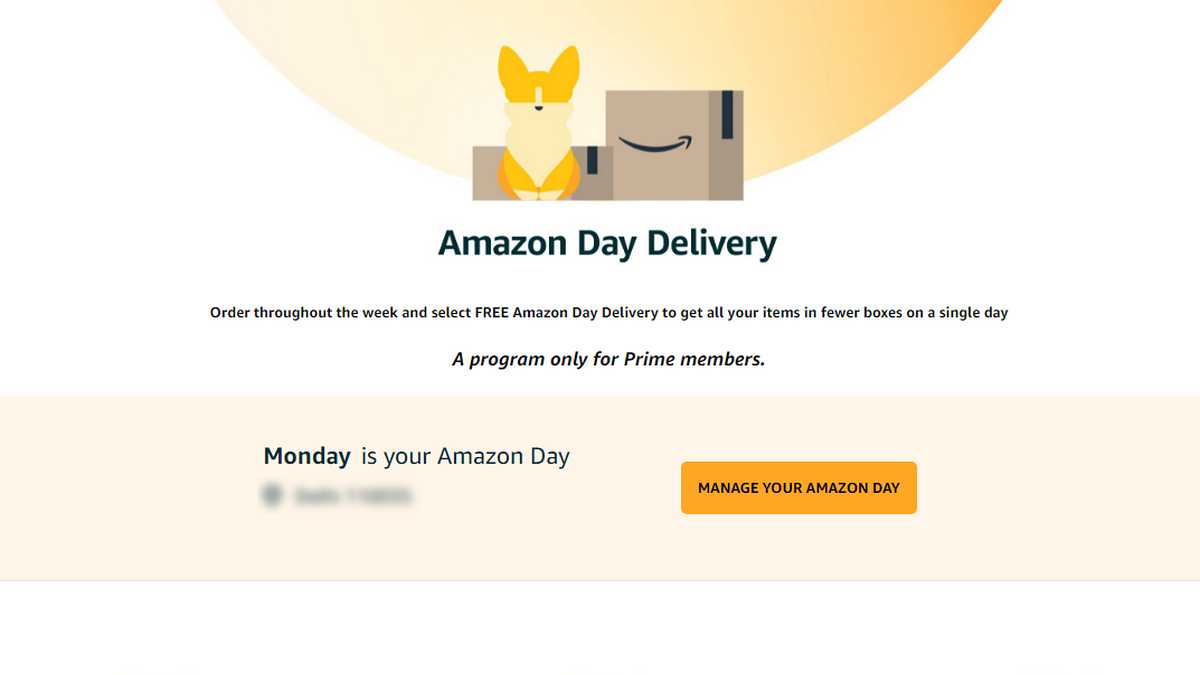

Furthermore, any time you’re looking to add new products, you should research the market to ensure the product will still be in demand by the time you get set up.Īll the same, your endeavour should pay off.Ĭurrently it’s looking like personal care items, games, puzzles and fitness equipment are some of the top products to list on the platform.Īs a result, consider listing the following top selling items on Amazon:Īt the same time, bear in mind that coronavirus makes the future a little tricky since shoppers may not have as much money to spend on personal items or gifts. In fact, you may need to experiment with a few different items. Probably no strategy will guarantee you’ll pick a best seller every time. Your final call will depend on multiple factors, for example competition, demand in the markets you sell, your specific business situation and so on. Top selling items on Amazon (FBA): selling niche productsīest sellers on Amazon KDP Top selling items on Amazon in 2022įirst, when we talk about the top-selling items on Amazon, this doesn’t necessarily mean you should sell these specific products. Top selling products based on Amazon best sellers page

Learn what to sell on eBay and Amazon in 2022!Ĭlick the links below to go directly to the topic of your interest:

How many items on amazon ship next day free#
At the appropriate scale, that would start saving Amazon money and allow it to become even more efficient at delivering products.Download our FREE practical guide and checklist for easier reading and sharing with coworkers. But for Amazon, it’s a worthwhile expenditure if it means it can control the entire delivery chain from start to finish. The company said in October that in the three months spanning June to September, it spent 50 percent more - an eye-popping $9.6 billion - on fulfillment alone, due both to one-day Prime shipping and the general expansion of its retail operation in the US.
How many items on amazon ship next day drivers#
(Amazon Flex has been plagued by damning reports that the high demands it places on Flex drivers have directly contributed to automobile fatalities.)Īll of this is naturally costing Amazon a fortune. Amazon still uses UPS, but it’s also been building out a network of its own delivery drivers under the Amazon Flex platform, which is a kind of on-demand contract network similar to Uber and food delivery companies like DoorDash. In 2016, Amazon launched its Prime Air brand, which encompasses both its in-progress delivery drone work and its fleet of cargo planes, and it’s been steadily adding more planes to its fleet over the years.Įarlier this year, Amazon and FedEx ended their contracts for ground shipping and air transport. It’s also why the company is now distancing itself from those types of contracts, not just with the package companies, but with companies that transport products by sea and air. Getting that package to someone’s home is primarily why Amazon has paid tens of billions to FedEx and UPS over the years. It’s also about owning everything from the arrival of a product at an Amazon factory (or the creation of the product from an Amazon subsidiary) to the so-called last-mile delivery to the customer’s doorstep, the latter of which has been especially difficult for commerce companies to crack. Amazon did not immediately respond to a request for comment regarding its package volume.Īmazon is delivering billions of packages a year and spending a fortune to do soįor Amazon, it’s not just about getting more packages to more customers at higher speeds. It’s a big investment, and it’s the right long-term decision for customers,” CEO Jeff Bezos said of one-day Prime shipping on an earnings call in October. “Customers love the transition of Prime from two days to one day - they’ve already ordered billions of items with free one-day delivery this year. A substantial contributing factor here is Amazon’s new one-day Prime shipping initiative, which it kicked off earlier this year and promises to bring to more markets and more products as time goes on. Amazon’s number doubled in just the last year alone, from delivering about 20 percent of all of its own packages to now about half. It means Amazon, which now operates its own freighters and cargo planes, is accelerating its push to own the entire logistics chain and end its relationship with companies like FedEx and UPS.Īt the current rate, Amazon is set to pass both FedEx and UPS in US package volume, with the company currently delivering 2.5 billion packages per year compared to FedEx’s 3 billion and UPS’s 4.7 billion, Morgan Stanley says. That’s a staggering increase over the course of the last few years. Amazon has been steadily growing its logistics operation over the last decade, and it now delivers more than half of all Amazon packages in the US, according to an estimate from Morgan Stanley published on Thursday and reported by CNBC.


 0 kommentar(er)
0 kommentar(er)
